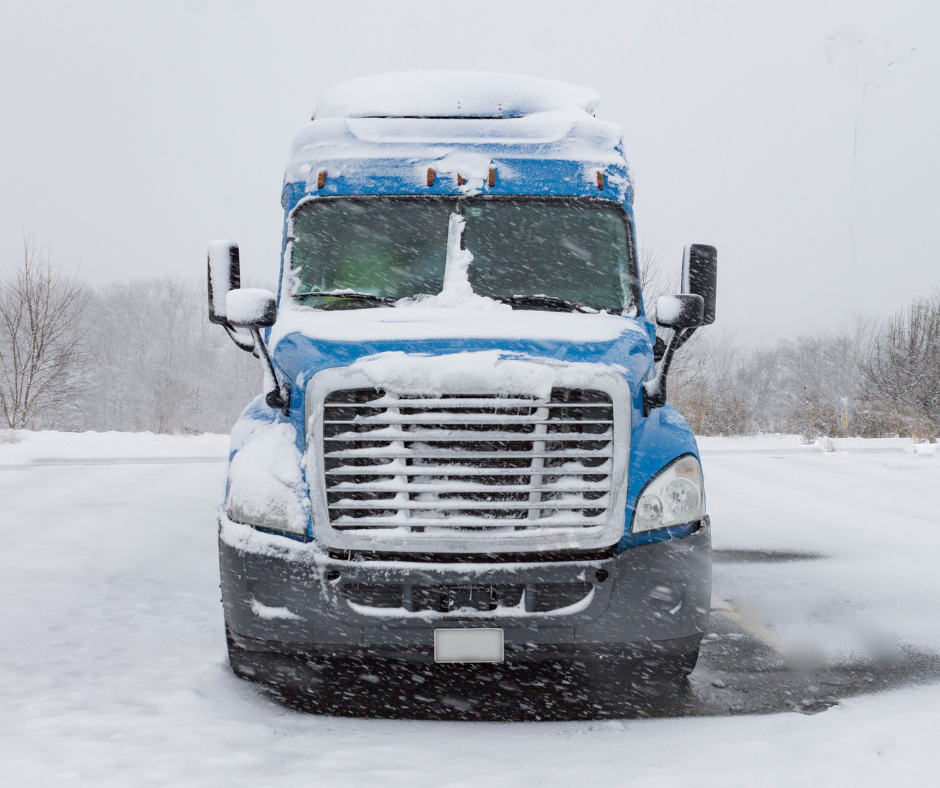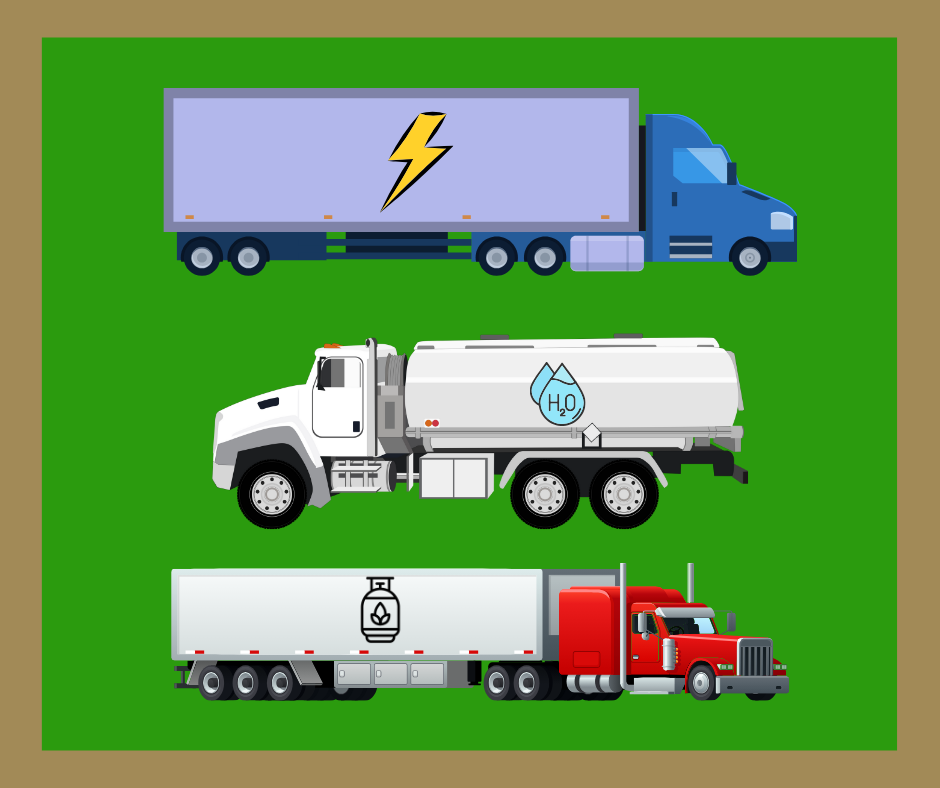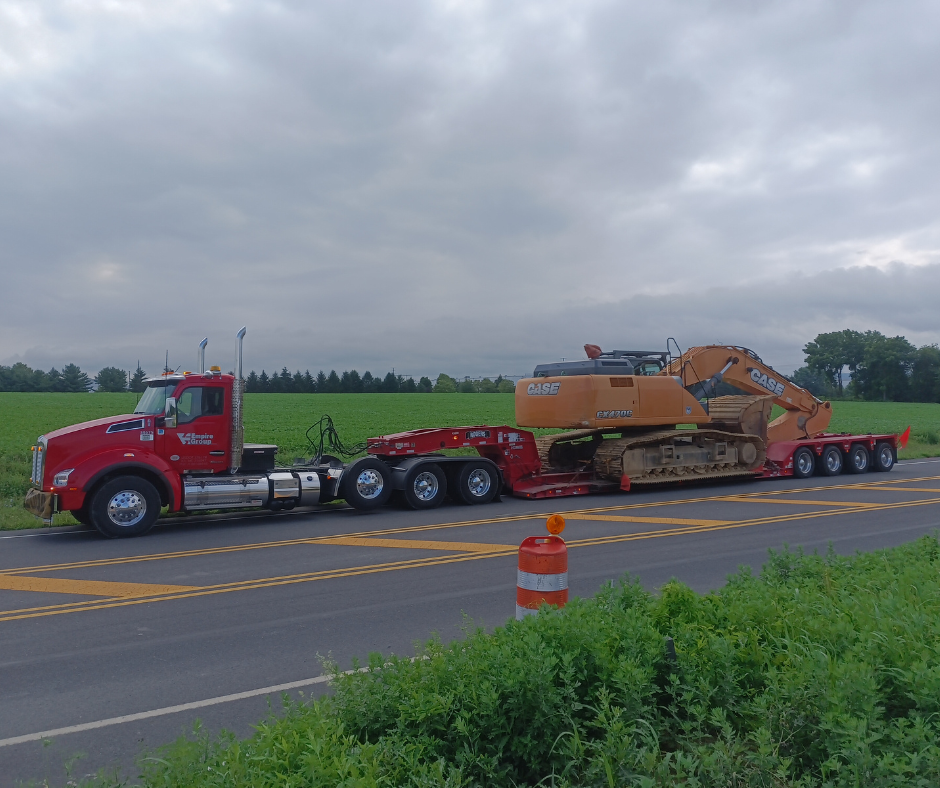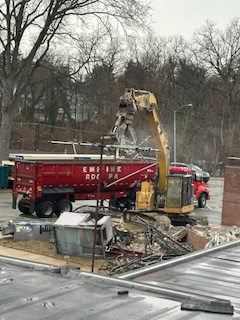Truck Driver Medical Emergencies: What Every Truck Driver Needs to Know to Stay Safe

When Health Meets the Highway
Truck driving is more than just a job—it’s a lifestyle. But long hours behind the wheel, limited access to healthy food, and irregular sleep can take a toll on your health. That’s why medical emergencies on the road are a growing concern for truck drivers and fleet managers alike.
Do you know the most common truck driver medical emergencies? Let’s take a look at them along with the warning signs and what every driver can do to stay prepared—no matter how far the road stretches.
1. The Most Common Truck Driver Medical Emergencies
Medical emergencies can strike at any time—especially for drivers spending 8 to 14 hours a day on the road. The top health risks include:
a. Heart Attacks
Prolonged sitting, stress, poor diet, and high blood pressure make drivers more susceptible to cardiac events.
b. Strokes
Symptoms like sudden weakness, confusion, or slurred speech are signs of a possible stroke—requiring immediate medical attention.
c. Diabetic Episodes
Drivers with Type 1 or Type 2 diabetes may experience blood sugar crashes (hypoglycemia) or spikes (hyperglycemia), which can impair focus or lead to unconsciousness. A diabetic driver may also experience ketoacidosis. These symptoms include excessive thirst, confusion and high blood sugar levels.
d. Dehydration and Heat Stroke
Long hours in hot weather without proper hydration can lead to dizziness, confusion, or even collapse.
e. Deep Vein Thrombosis
Sitting and driving for long periods of time can cause this life-threatening disease. Swelling of arms or legs, pain in legs, and color changes in affected limb(s) are some of the symptoms.
2. Recognize the Warning Signs Early
Quick recognition can save lives. Drivers should watch for these red flags:
- Chest pain or tightness
- Difficulty breathing
- Sudden dizziness or fainting
- Blurred vision or slurred speech
- Excessive sweating or chills
- Extreme fatigue or confusion
If any of these symptoms occur, do not continue driving. Pull over safely and call for emergency assistance immediately.
3. Preventing Medical Emergencies on the Road
a. Regular Health Check-Ups
Schedule DOT physicals and personal check-ups to monitor chronic conditions like hypertension, diabetes, or high cholesterol.
b. Prioritize Healthy Habits
- Eat nutritious meals (pack healthy snacks and extra water)
- Stay active during breaks
- Get consistent, quality sleep
- Stay hydrated
c. Manage Stress
Use relaxation techniques like deep breathing, audiobooks, or short walks during breaks.
d. Keep Medications Accessible
Store daily meds and emergency prescriptions within reach, including epinephrine, insulin and albuterol. It’s important to keep a first aid kit, a glucose meter, a phone charger, and a blood pressure monitor in the truck. And always have an updated list of medications and dosages stored in a safe place in the vehicle.
4. What to Do During a Medical Emergency
Step-by-Step Guide:
- Recognize the symptoms – Trust your body. Don’t ignore warning signs.
- Pull over safely – Stop in a safe, visible location with hazard lights on.
- Call 911 immediately – Time is critical, especially with heart attacks or strokes.
- Notify dispatch – Let your manager know where you are and what’s happening.
- Wait for help – Do not attempt to drive further or “wait it out.”
Prioritizing your health on the road saves lives, reduces downtime, and keeps the wheels of logistics turning. At DVC, we strive to keep our drivers safe with health and safety training and safety equipment. Stay healthy. Stay alert. Stay on the road.
















